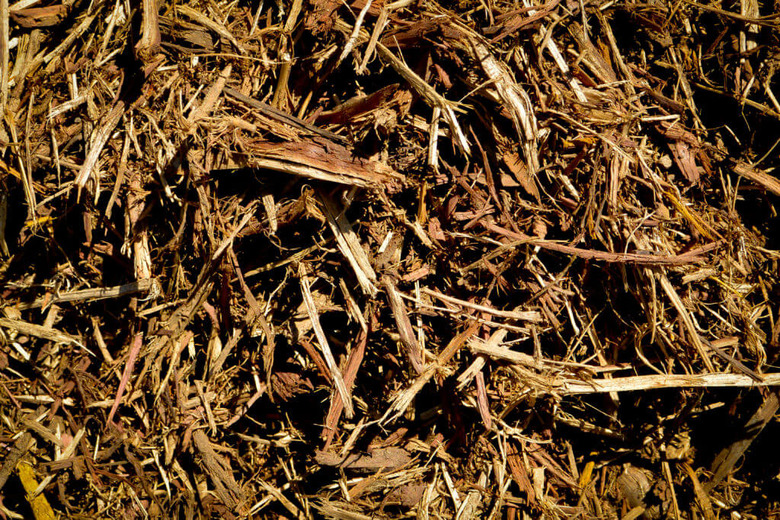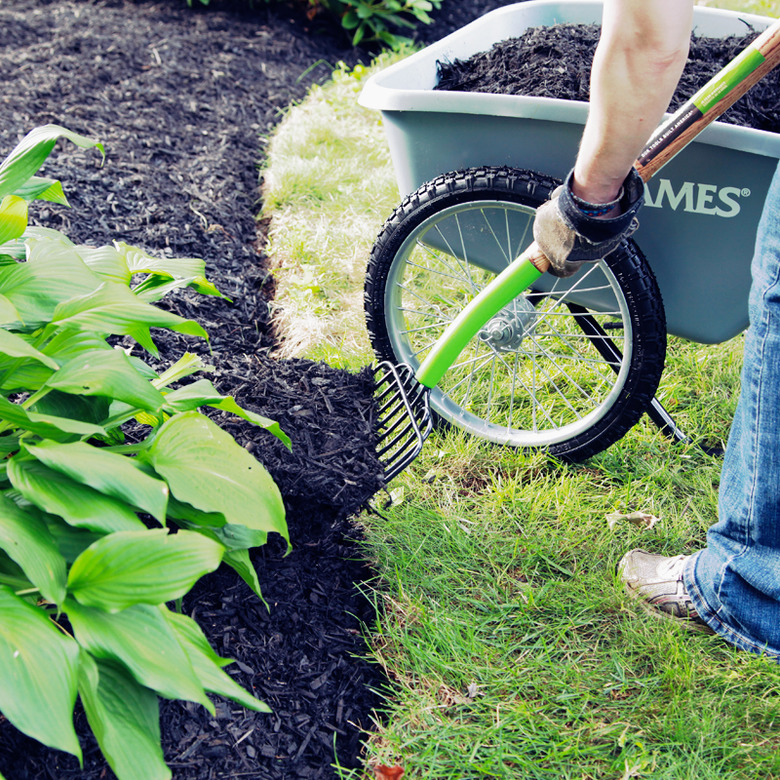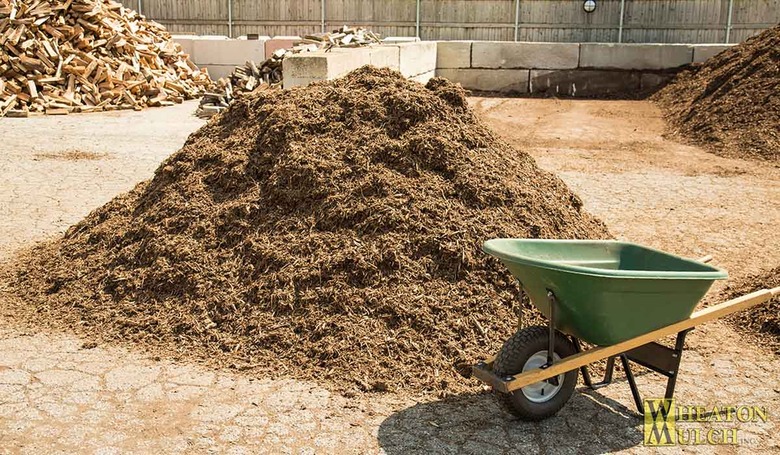How Much Mulch Do I Need?
Estimating the amount of mulch you need involves a simple calculation of volume based on two dimensions: 1) the size of the area to be mulched, and 2) the desired thickness of the mulch layer. This is a good example of when it's best to rely on the math alone, rather than trying to visualize how much a given amount of mulch looks like and estimate how much it will cover by eye. It's very difficult to look at a pile of mulch and get a good sense of how much ground it will cover. On the other hand, if you take careful measurements and do the math properly, you can trust that your estimate will be exactly what you need.
For those who don't like the idea of doing math of any kind, there are plenty of mulch calculators online that do the math for you. But spending a few minutes getting your head around the calculation gives you a better understanding of volume estimating for all sorts of materials around the house, from topsoil to concrete to storage space.
How Thick Should Mulch Be?
How Thick Should Mulch Be?
Garden and landscaping experts generally recommend a mulch layer of 3 to 4 inches thick. When you do your calculation, you'll see that this adds up to quite a lot of mulch—after all, it's 1/4 to 1/3 foot thick—but keep in mind the reasons why you're mulching in the first place:
- Reducing watering needs by retaining soil moisture
- Suppressing weed growth
- Creating a neat yet natural look with a consistent ground cover
- Reducing heat reflected onto plants (compared to rock or other hard surfaces)
- Reducing winter injury by insulating the soil
- Improving soil health by adding nutrients from decomposing mulch
All of these benefits are compromised when you have a mulch layer that is too thin. Spending a little more to reach 3 to 4 inches ensures you're getting the maximum benefit from the mulch. Also, natural mulch breaks down over time and must be replenished periodically. Starting with a thicker layer helps prevent bare spots between top-ups.
Things Needed
-
Tape measure
-
Paper and pencil
-
Calculator
How to Calculate Mulch Quantity
1. Measure the Bed
Use a tape measure to measure the overall width and length of the bed to be mulched. If the bed is triangular, measure the two perpendicular legs of the triangle. If the bed is a circle, measure straight across the center of the circle to find its diameter. Note your measurements on a note pad. You do not need to subtract for most plantings unless they are large groundcovers that will not be mulched.
2. Find the Area
Area is the total amount of ground to be covered, in square feet. To find the area of a square or rectangular bed, multiply your width and length measurements. For example, if the bed is 10 feet wide and 20 feet long, the area is:
- 10 x 20 = 200 square feet
For a triangular bed, multiply the length of the two perpendicular legs, then divide the result in half. For example, if one leg is 10 feet and the other is 20 feet:
- 10 x 20 = 200
- 200 ÷ 2 = 100 square feet
For a circular space, first divide the diameter by 2 to find the radius. Next, multiple the radius by itself. Then, multiply the result by 3.14 (Pi). If the diameter is 12 feet, the area is:
- 12 ÷ 2 = 6
- 6 x 6 = 36
- 36 x 3.14 = 113 square feet
3. Find the Cubic Feet
Convert your area measurement into the total volume, in cubic feet, by multiplying the area by the desired thickness for the mulch layer. First, convert the thickness to feet by dividing by 12:
- A 3-inch layer converts to 0.25 feet.
- A 4-inch layer converts to 0.33 feet.
Then, multiply the area. For 200 square feet:
- 200 square feet x 0.25 = 50 cubic feet (for a 3-inch layer)
Or
- 200 square feet x 0.33 = 66 cubic feet (for a 4-inch layer)
4. Determine the Number of Mulch Bags
If you're buying mulch by the bag, the package will note the volume of the bag in cubic feet (or it may list the area covered at various thicknesses, such as 2, 3 or 4 inches). Divide the total volume you need by the volume of each bag. If you need 50 cubic feet of mulch, and each bag contains 2 cubic feet, you will need 25 bags:
- 50 ÷ 2 = 25 bags
5. Convert to Cubic Yards for Bulk Mulch
If you're buying mulch by the yard at a garden center, you'll need to know the volume in cubic yards. Simply divide the total cubic feet by 27 (1 cubic yard contains 27 cubic feet):
- 50 cubic feet ÷ 27 = 1.85 cubic yards
- 66 cubic feet ÷ 27 = 2.44 cubic yards



